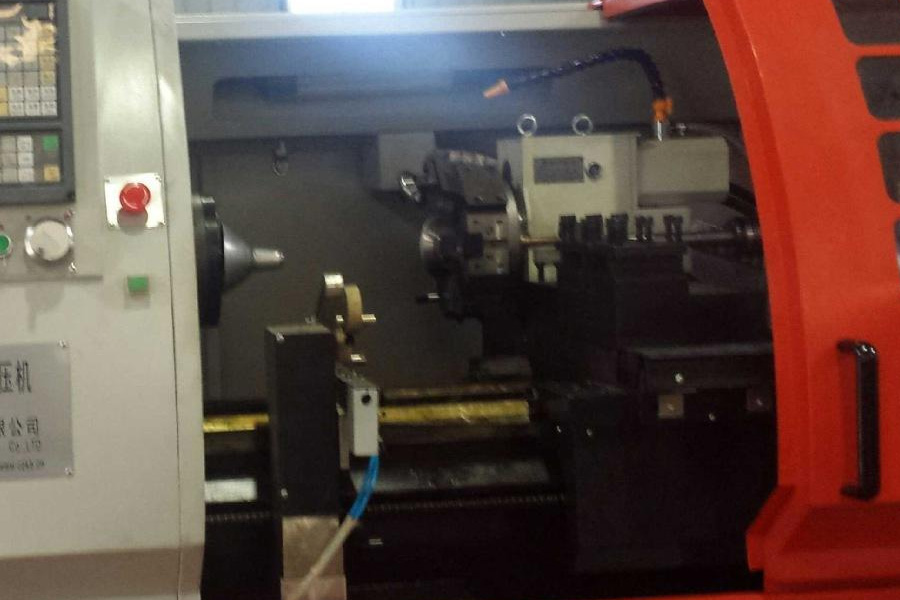According to the results of statistics, research and analysis on the size, specification and variety of the parts to be processed in the spinning process, the technological possibilities that the spinning machine can achieve can be clarified.
Generally speaking, equipment for producing multi-variety, single-piece or small-batch spinning parts has wider technological possibilities, and can complete various types of parts, that is, it can achieve multiple functions in one machine, so the technical performance requirements are relatively high. High, the structure is more complicated. For example, it has a wider speed range, larger power capacity, more abundant size parameters, and more accessories. This type of spinning machine is a general-purpose (universal) equipment.
On the contrary, the conditions for single-variety, large-volume or mass production, that is, equipment that mainly completes a specific process, the process possibilities will be narrower, so this type of equipment belongs to special-purpose equipment. As far as its structure is concerned, try to use the latest structure and control technology to make the spinning machine meet the requirements of high efficiency, low cost and high degree of automation. Obviously, the width of the required process possibilities determines the type, performance, structure, and control methods of the equipment.
Whether the blank can be spin-formed is related to the material type, cutter wheel size, cutter wheel path, cutter wheel R fillet, cutter wheel and the gap value of the mold, and the problem of the product in the spinning forming process is usually related to these factors. The precision of spinning products is related to mold accuracy, cutter wheel runout, and strong spinning clearance. The surface of spinning products is related to the feed speed of the tool post, spindle speed, and strong spinning clearance.
Several common problems of stainless steel spinning products
1) The thickness of the blank is less than 1mm, and the blank is easy to wrinkle and crack during the spinning process.
Solution: Use a cutter wheel with a smaller R value for spinning, so that a spinning ring is easily formed when the knife is moved, which can increase the strength of the outer ring of the material and reduce the probability of wrinkling. If the product breaks, the material has reached fatigue The density of the tool path can be adjusted to overcome the cracking caused by the strength.
2) The rounded corners are wrinkled or not smooth enough.
Solution: The position of the crimping cutter wheel and the spinning product during the crimping process is not correct, and it needs to be adjusted to the correct position.
3) The burrs of the stainless steel spinning parts are very large after being cut with a turning tool.
Solution: The stainless steel material is harder and the blade wears quickly. If you switch to a hob cutter, the cutting burr will be reduced a lot.
4) The surface of the stainless steel spinning production process is easy to scratch.
